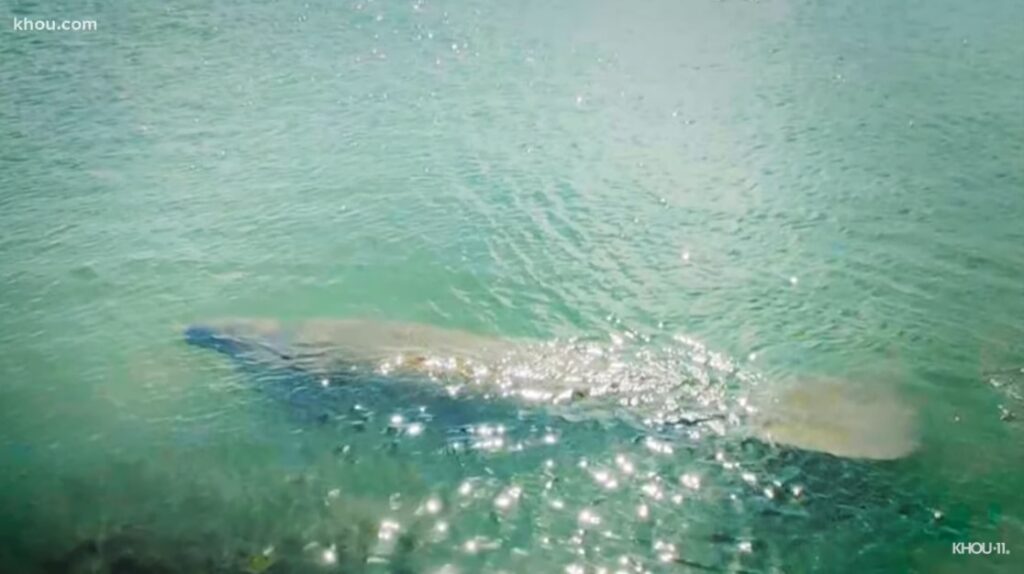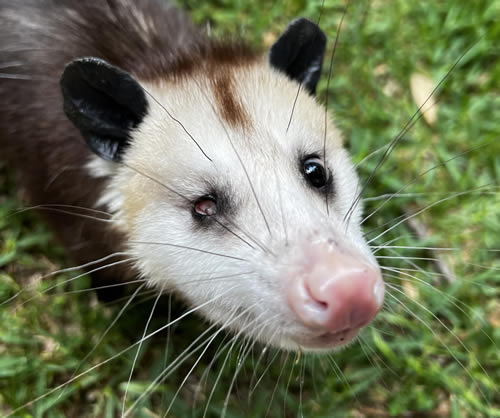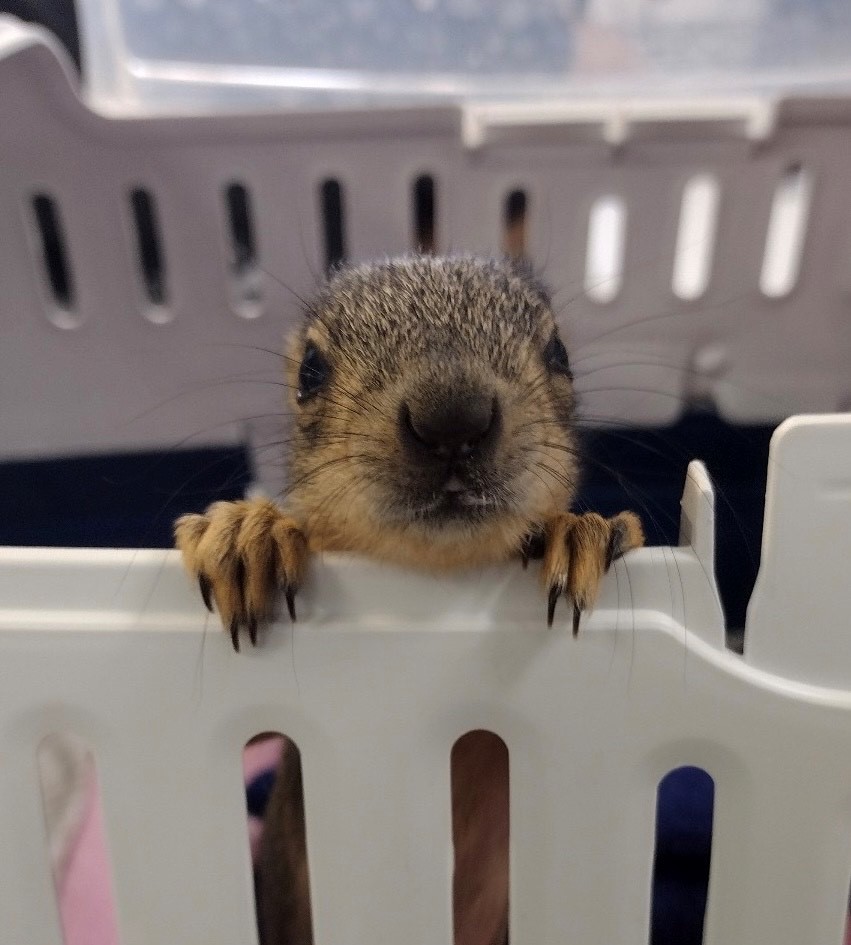
Wouldn’t it be cool to catch sight of a majestic marine mammal off the Texas coast, other than our beloved bottlenose dolphins? There was a citing this August just off the north edge of the Texas City Dike. It was a Florida Manatee! A boat captain also spotted a manatee off South Padre Island in July and initially mistook it for a giant turtle. There was also one sighted in June in Corpus Christi by college students. Although not certain, it’s believed these two sightings were ofthe same manatee. In the summer of 2019, a manatee was also sighted three different times in the Galveston Bay area; this manatee was nicknamed “Molly”. The last reported sighting before that was in 2014. And way back in 1995, one made it into Buffalo Bayou!
Normally, you find manatees hanging around the Florida coast, down the eastern coast of Central America, and the northern coast of South America. Manatees need consistently warm water to survive for any length of time; a dip below 68 degrees F would spell disaster. However, sometimes during the warmer summer months, manatees will take a ‘vacation’ from the Florida area to travel westward into Texas Gulf Coast waters. And maybe – just maybe – you’ll be lucky enough to catch a rare glimpse. But you will never see them in this area during the colder fall and winter months!
Manatees belong to the order Sirenia, and family Trichechidae. Believe it or not, their closest relatives are the elephant and the hyrax! There are three extant (currently living) species: the Amazonian ((Trichechus inunguis), West African (Trichechus senegalensis), and West Indian (Trichechus manatus). The Amazonian is found in the freshwater Amazon River. The West African manatees are found on the western coast of Africa. It is, of course, the West Indian manatee that can be found in US and South American coastal waters. The West Indian manatee, also called the Florida manatee, is mild-mannered and curious. It is known for its slow movement and mostly solitary existence.
Manatees are also known as ‘sea cows’. They can weigh up to 1,300 pounds and measure up to 13 feet long. They have a low birth rate, only giving birth about once every two years. The gestation period is a long 12 months! In the wild, their lifespan averages around 40 years. They are strictly herbivores, subsisting on mostly sea grass (an algae), and other underwater plants. And they eat a lot – up to 10 percent of their body weight, every day!
The Florida manatee is attracted to warm shallow waters, and particularly to spots warmed by natural artesian springs. They are also attracted to waters artificially warmed by man-made coastal power plants.
The manatee is listed as threatened, although its numbers have increased since protections have been implemented during the last several decades. They have few natural predators. Although their low birth rate is a contributing factor to their threatened state, human related activities remain the greatest threat. During most of the 20th century they were frequently hunted by humans. Their tendency to congregate in shallow waters makes them susceptible to things like motorboat propellers and fishing tackle. Land development along coastal waters and riverways has contributed to their habitat loss in many ways, including the destruction of warming springs and the loss of sea grasses and other plants that make up the majority of their diet.
The manatees’ gravitation to the warm waters created by power plants also does them no favors, as it makes them more dependent on human activity. It also interferes with their natural migratory patterns since instead of migrating south for the winter, they remain in artificially heated waters. The good news is that their numbers have been increasing. It’s estimated that there are around 13,000 West Indian manatees now in existence in the wild, 6,500 of them residing in and around Florida.
Why is it important to protect manatees? A great reason is that, because they are grazers, they play a large part in maintaining healthy plant growth. Their main food, sea grasses, are a major source of what is called ‘blue carbon’. This is the type of carbon that is captured and stored by coastal ecosystems. Terrestrial forests are generally the first carbon sinks that spring to mind. What is a carbon sink? It is a natural element that is very proficient at absorbing carbon dioxide from the atmosphere. However, coastal ecosystems store up to ten times more carbon than a tropical rainforest! This plays a hugely beneficial role in reducing greenhouse gases, thereby mitigating climate change. How cool is that?
So, if you are lucky enough to catch sight of these gentle creatures, remember that the opportunity is largely due to people caring enough to put protections in place. But what can you do to protect the manatees that enter our coastal waters? What if you don’t live near the coast? Do your actions affect the coastal waters? There are many things all of us can do to protect our coastal waters. If you live on the coast or visit to boat or fish: slow your boat speed when you are in shallow waters, keep track of your fishing line and tackle when fishing, and take your trash with you. Reduced boat speeds help protect our dolphins as well. All trash (especially fishing tackle, fishing line, and bottles) cause untold numbers of deaths in many animals that call the coast home. Please double check before you leave to be sure you have packed all of your trash out. Placing it in an uncovered can on the coast is a likely way for it to blow out and end up in the water.
Everyone, no matter how far inland or how close to the Gulf of Mexico, can help to keep our coastal waters healthy for all wildlife. The most important actions you can take is to reduce or stop using insecticides and fertilizers on your lawn, pick up your pets’ solid waste, and throw away cooking grease and oils. Fertilizers, insecticides, and pet waste runs off your lawn when it rains or you water. This happens for weeks after application. These contaminants travel down the storm drain, into the bayous and dump into the bay where they kill otherwise healthy plants, including sea grasses. If you have an issue with the health of your lawn, many organic options are now available and many service providers are offering them. OR, you can plant native species of plants that don’t require fertilizers or insecticides. Pick up and throw way solid pet waste at least weekly. Everything we put down our drains, even a little bit of grease, affects the health of the Bay. Even liquid cooking oil congeals quickly when poured down drains, leading to pipe blockages. Clogged pipes cause sewer overflows, which introduce harmful bacteria into the bay. Finally, if you want to go the extra step, lobby for the protection of natural springs.
If we do these simple things, we can enjoy the presence of manatees and other coastal creatures for centuries to come.


